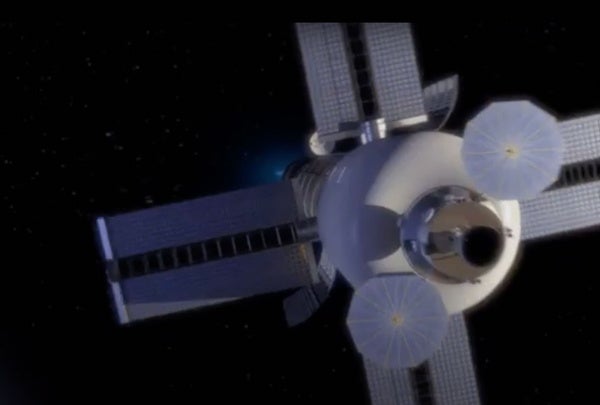 |
| January 27, 2022 |
 |
| |
| |
| |
| |
| |
| |
| |
| Health Care When Should You Get a COVID Test? It depends, but vaccinated people should generally wait five days after exposure before taking an antigen test. Here's why | | | | |
| |
| |
FROM THE STORE
 | | Revolutions in Science Normally science proceeds in incremental steps, but sometimes a discovery is so profound that it causes a paradigm shift. This eBook is a collection of articles about those kinds of advances, including revolutionary discoveries about the origin of life, theories of learning, formation of the solar system and more. |  | | |
| |
FROM THE ARCHIVE
 | | | |
| |
LATEST ISSUES
 |
| |
| Questions? Comments?  | |
| Download the Scientific American App |
| |
| |



